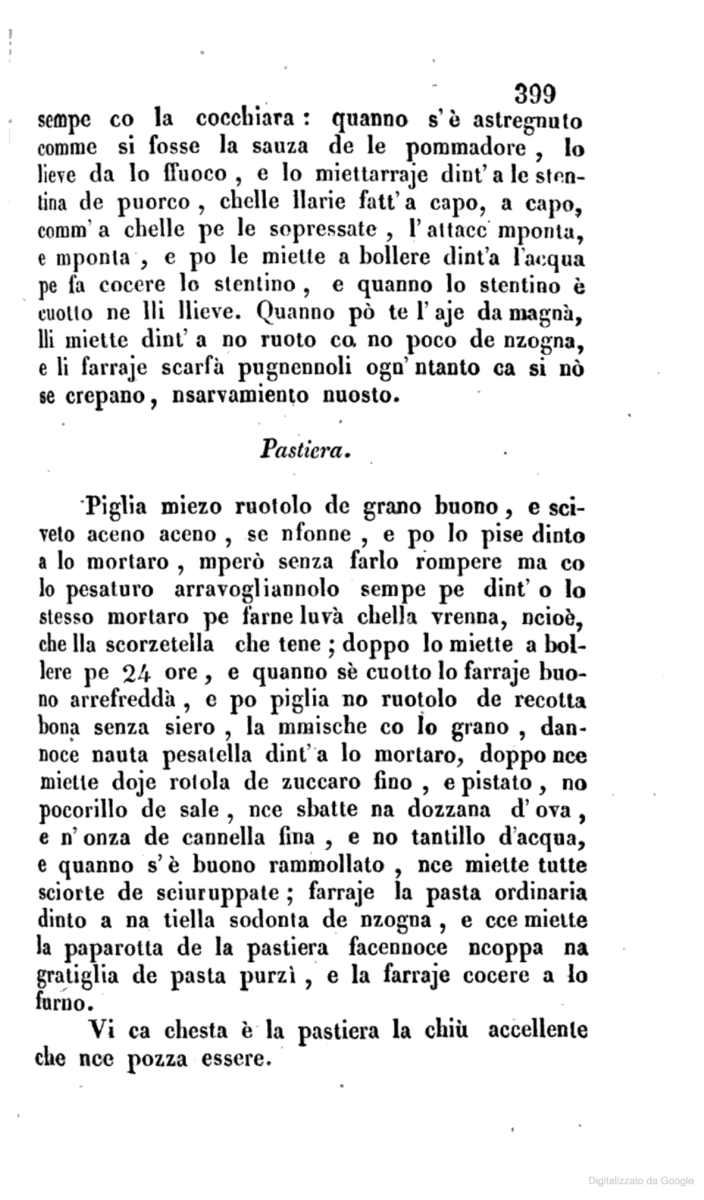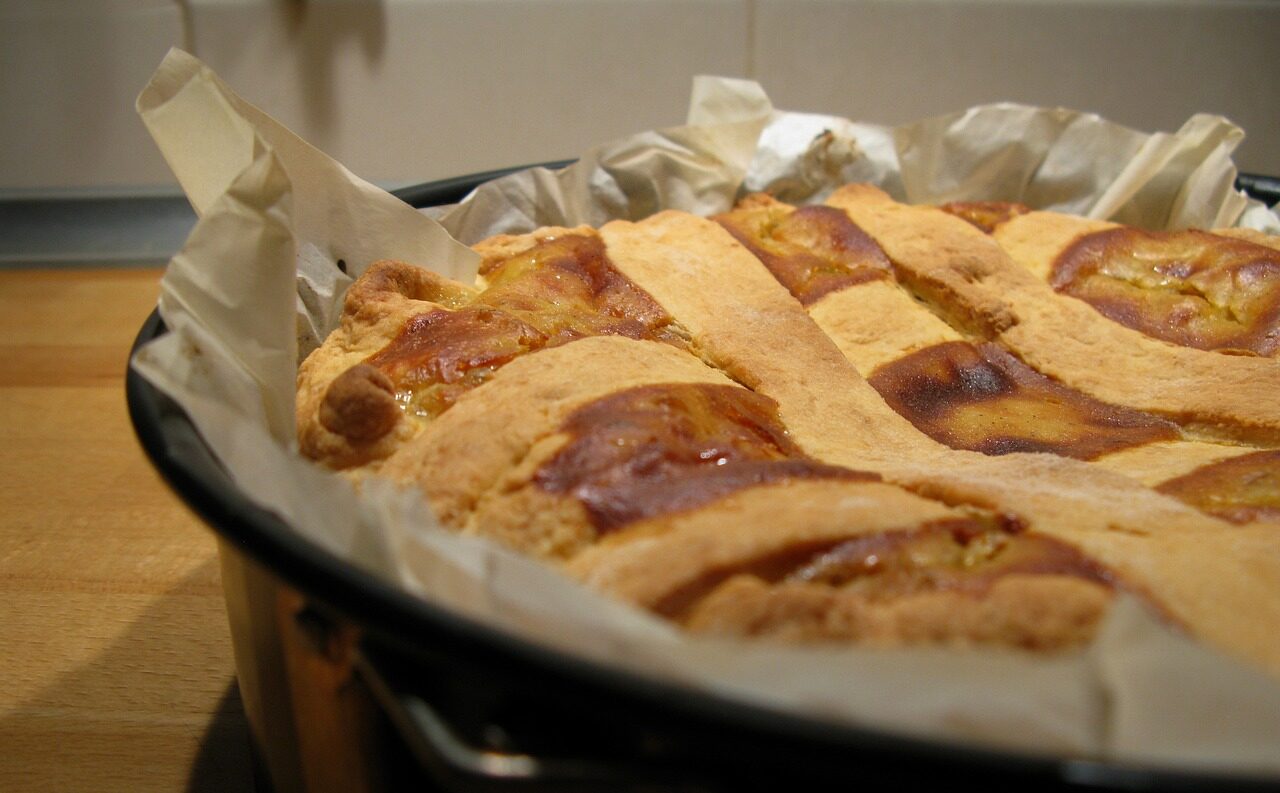For years now there has been what, in fact, nothing but relatively fake news, it seems absurd to say, let alone read, the Neapolitan pastiere.
The Neapolitan dessert typical of the Easter tradition and so ancient as to be deeply rooted in Neapolitan culture, apparently he became the victim of a fake news story which, for several years now, has continued to circulate and be disseminated as if it were a historical assumption, an absolutely untouchable tradition.
What are we talking about? Of the quantity of strips to be placed on the pastiera.
Yes, we are referring precisely to the "grid" of dough on the pastiera, the one that is almost as signature as the wheat. According to a widespread popular belief "thanks to the internet” the strips in question should be exactly 7.
Seven. Not eight, not six, but seven.
Why must there be seven strips on the pastiera?
According to belief, the stripes must be seven as a reference to the "3 decumani and 4 cardi of the ancient Greek city".
But are we sure this is the case?
The mistakes behind this narrative
The most obvious error is that relating to the number of roads, given that reality does not correspond to what is stated in the thesis.
What are hinges?
The hinges are none other than the ancient streets that cut the main ones of Naples, or the decumani, the name is actually incorrect because they should be called stenopoi and not "hinges".
The Decumani of Naples are 3:
- upper decumanus
- Major decumanus
- lower decumanus
The so-called cornerstones are…well, definitely more than 4.
Just go down the street for the decumani and see how many narrow streets you meet.
What the historical pastiera recipes say
Luckily you don't need to be a historian to access the ancient recipes of Neapolitan culture, moreover many online tools come to our aid and among these we find Google Books which allows us to consult ancient tomes from the comfort of home.
Among these we find, for example, “Theoretical-practical cuisine"of Ippolito Cavalcanti of 1839.
An authoritative book that contains many historical Neapolitan recipes.
With regard to the pastiera, Cavalcanti reports the following:

As can clearly be seen, there is no reference to the 7 strips, but rather it is simply suggested to make a "grid of pasta" to be placed on top.
What the latest literature says
Seeds Proceedings of the Oxford Symposium on Food and Cookery
In "Seeds Proceedings of the Oxford Symposium on Food and Cookery” there is an in-depth study on the symbolism behind the pastiera, also from a religious point of view, and at the origin of its name.
Although it is a painstaking and very thorough work there is no reference to the 7 strips, if it was such a deep-rooted tradition why shouldn't they have mentioned it?
Pastiera. The real recipe is the one from my house!
The problem of the "seven stripes" was also explored by Stanislao Porzio in "La pastiera. The real recipe is the one from my house!”, who states:
he is also willing to believe in fairy tales. The last concerns the grid designed by the shortcrust pastry strips on the filling of the cake. For some years the rumor has spread on the web that there should be seven. Half the city has taken the bait. The most popular reason is that they would repeat the number and layout of the stalls / stenopoi (decumani / cardi) of Greek Naples. False, because the stalls are three but the stenopoi are many more than four. And the whole story of the obligatory number, invented in 2016, is false
Stanislaus Porzio
This is how you eat in Naples
In Vittorio Gleijess' 1977 book "In Naples we eat like this" there is no reference to the "7 stripes" but a recommended distance is reported, i.e.
Screened with grid strips of pasta about 2 cm wide […] leaving about 3cm between one and the other.
Vittorio Gleijess
In short, it is a hoax, also withdrawn by its authors after Angelo Forgione urged them to do so, to which many Neapolitans are still linked for unknown reasons.
Go figure why.






